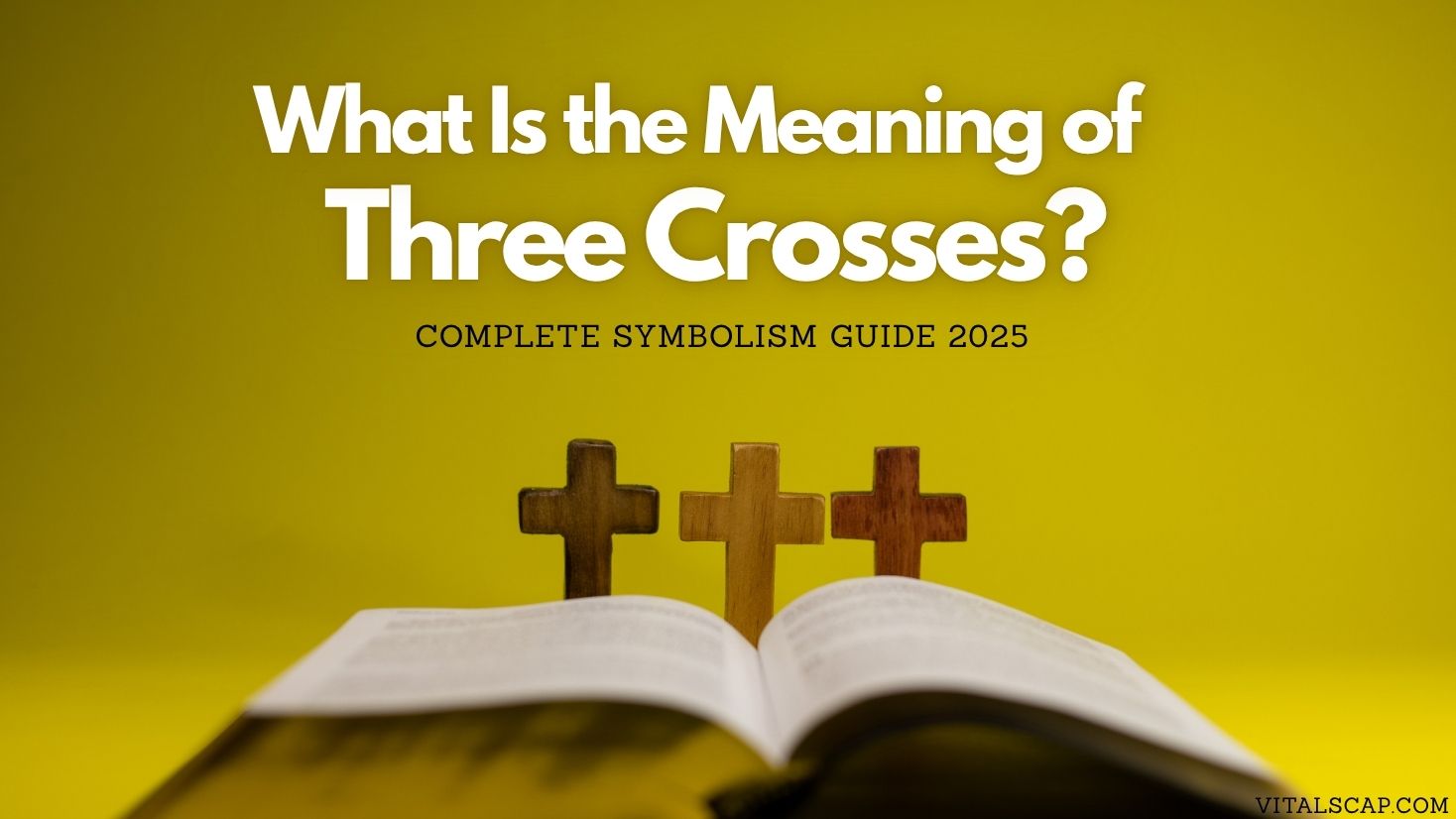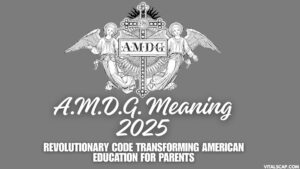Across America’s highways and hillsides, three crosses stand as silent sentinels against the sky. These simple wooden structures carry profound meaning that transcends denominational boundaries and speaks to fundamental human experiences of sacrifice, redemption, and choice.
Three crosses commonly symbolize the crucifixion of Jesus Christ, where he was crucified alongside two criminals (thieves). This imagery, originating from the Gospels, is central to Christian art and iconography, representing Jesus’s sacrifice, offer of salvation, and the contrasting responses to his message. The central cross represents Jesus, while the other two represent the criminals, one of whom (Dismas) is traditionally considered the “good thief” who repented.
Whether you encounter them as roadside memorials, 3 crosses tattoo designs, or three crosses on a hill displays, these symbols continue inspiring millions of Americans to contemplate life’s deepest questions about faith, forgiveness, and eternal destiny.
Biblical Foundation
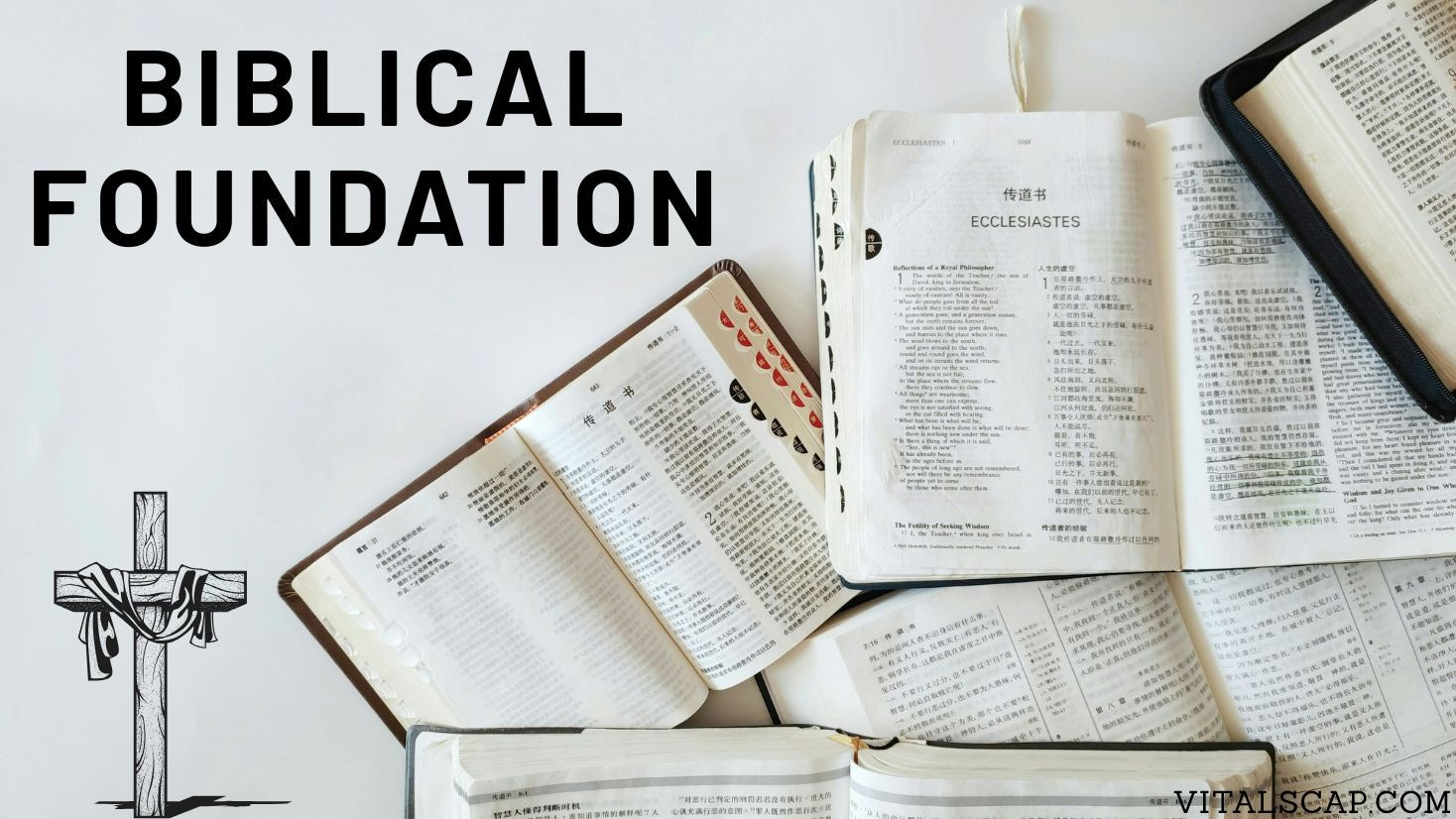
Three crosses represent the pivotal moment of Christianity – Christ’s crucifixion at Calvary alongside two criminals. The New Testament provides detailed accounts through multiple Gospel narratives, with Luke 23:32-43 offering comprehensive descriptions of this transformative moment at Golgotha.
This scene of crucifixion embodies humanity’s relationship with divine grace through three distinct responses: redemption, repentance, and rejection of salvation.
Scripture’s Detailed Account
Luke’s Gospel provides the most comprehensive narrative of the three crosses event, describing conversations between Jesus and criminals during their final hours.
The biblical account reveals how each cross tells a different story of human response to divine mercy and grace.
| Cross Position | Occupant | Response | Outcome |
| Left | Unrepentant Criminal | Rejection/Mockery | Condemnation |
| Center | Jesus Christ | Sacrifice/Love | Redemption |
| Right | Dismas (Good Thief) | Repentance/Faith | Salvation |
Historical Context
Roman crucifixion practices reveal the brutal reality behind this Christian symbolism, with criminals typically hanging for hours or days in agony.
The historical setting at Golgotha demonstrates how divine mercy intersected with human justice in this pivotal moment of Christianity.
More Post: What is the Opposite Meaning of Still? Complete Guide 2025 to Multiple Antonyms
What Crosses Represent
Three crosses symbolize humanity’s varied responses to divine grace during Christ’s crucifixion. Jesus Christ willingly embraced death to offer salvation, the penitent thief recognized his savior in final moments, while the unrepentant thief chose mockery over mercy.
This religious iconography demonstrates that proximity to grace doesn’t guarantee acceptance, emphasizing individual moral choice in determining eternal destiny.
Individual Cross Meanings
The central cross represents Jesus’s voluntary sacrifice for humanity’s redemption, showing perfect love through ultimate suffering and divine mercy.
Each flanking cross demonstrates contrasting human responses to divine grace, illustrating freedom of choice even in desperate circumstances.
Theological Significance
Christian theology interprets these three crosses as representing different levels of faith response: acceptance, repentance, and rejection of salvation.
The penitent thief’s transformation shows that genuine repentance transcends past failures, offering hope for last-minute conversion.
Catholic Perspective
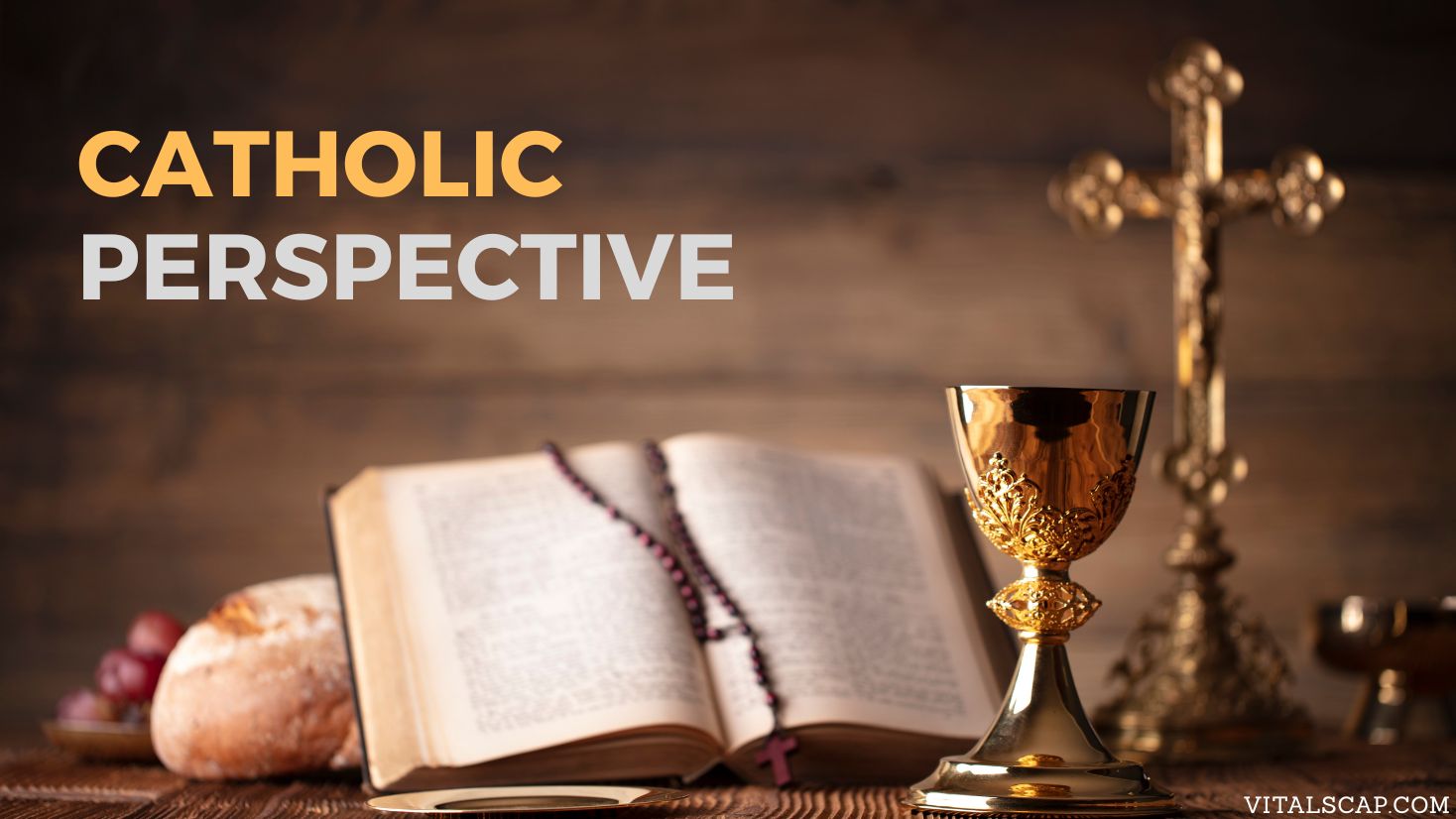
3 crosses meaning Catholic tradition emphasizes the sacramental nature of suffering united with Christ’s passion. Catholic theology views the three crosses symbol as representing different degrees of participation in divine grace through faith and repentance.
The Catholic Church teaches that Dismas achieved immediate salvation through perfect contrition without formal sacraments, demonstrating God’s mercy transcending typical ecclesiastical boundaries.
Liturgical Significance
Catholic liturgical celebrations during Holy Week frequently reference three crosses, particularly during Good Friday services and devotional practices.
The Stations of the Cross devotion includes meditation, encouraging believers to examine their responses to divine grace.
Theological Interpretation
Traditional Catholic interpretations connect three crosses to broader concepts including the Holy Trinity and different aspects of divine-human relationships.
Catholic teaching emphasizes how Dismas’s immediate salvation demonstrates divine mercy transcending normal sacramental requirements and church boundaries.
Hill Symbolism
Three crosses on a hill’s meaning extends beyond religious iconography to encompass American cultural identity and community faith expression. Hilltop positioning carries deliberate symbolism-elevating the crucifixion narrative above everyday concerns while making it visible from distances.
These elevated displays serve as visible reminders of Christian values in increasingly secular landscapes, mirroring biblical accounts of Calvary as an elevated location outside Jerusalem.
Community Significance
Modern hilltop installations serve multiple purposes, including memorial functions, evangelistic outreach, and community identity markers reflecting shared heritage.
Seasonal displays during Easter and Christmas periods create opportunities for community faith expression and spiritual reflection.
Legal Considerations
First Amendment rights versus church-state separation create ongoing debates about public religious symbol displays in American communities.
Many communities navigate these challenges by placing three crosses on private property visible from public roads.
| Display Type | Legal Status | Common Locations | Considerations |
| Private Property | Generally Protected | Hills, Churches, Homes | First Amendment Rights |
| Public Land | Complex/Restricted | Government Buildings | Establishment Clause |
| Memorial Sites | Case-by-Case | Cemeteries, Parks | Historical Context |
| Highway Displays | Varies by State | Roadsides | Traffic Safety Laws |
Artistic Representations
Christian symbolism in art reaches its pinnacle through Rembrandt’s masterpiece “The Three Crosses” (1653). This etching captures the dramatic moment of Christ’s death with unprecedented emotional intensity. Contemporary three crosses symbol applications range from church architecture to personal 3 crosses tattoo designs. Religious iconography continues evolving through modern media, including country music references that explore how ordinary people encounter extraordinary grace.
Classical Art
Rembrandt’s interpretation shows crowds’ varied reactions to divine sacrifice, using light and shadow to emphasize spiritual transformation.
The masterpiece demonstrates how great artists interpret biblical narratives through personal faith, understanding and artistic vision.
Modern Applications
Contemporary three-cross imagery appears in various forms:
- Church architecture incorporating triple cross motifs
- 3 crosses tattoo designs with personal spiritual significance
- Digital art and social media religious expressions
Tattoo symbolism appeals to individuals seeking permanent reminders of personal faith journeys and spiritual transformation experiences.
Spiritual Meaning
Triple cross meaning spiritual dimensions encompass universal themes of moral choice, sacrifice, and transformation, transcending specific religious boundaries. The spiritual duality represented through contrasting thieves demonstrates how identical circumstances produce different outcomes based on individual responses to divine grace.
This heaven and hell dichotomy remains powerfully relevant for modern audiences grappling with ethical decisions and spiritual development.
Meditation Practices
Three crosses imagery helps believers examine their attitudes toward God, suffering, and salvation through structured spiritual exercises.
Spiritual directors often use this framework to guide individuals through processes of repentance and personal growth.
Contemplative Traditions
Christian contemplative practices emphasize how the central cross serves as a focal point for understanding human sinfulness.
The Christocentric approach provides a foundation for authentic spiritual development and deeper faith understanding.
Cultural Impact
Three crosses continue influencing American culture through diverse expressions ranging from roadside memorials to popular music. Highway memorial traditions often incorporate three crosses to honor accident victims while pointing toward hope beyond tragedy.
The music industry embraces three crosses symbolism through country, gospel, and contemporary Christian genres. Social media platforms showcase countless images during religious holidays, creating new opportunities for faith conversations.
Musical Influence
Country music frequently references three crosses, with songs exploring themes of redemption, second chances, and divine mercy.
The famous “3 wooden crosses” lyrics demonstrate how biblical narratives remain relevant for contemporary audiences facing struggles.
Digital Age
Social media extends the symbol’s reach beyond traditional church boundaries through:
- Religious holiday posts and spiritual testimonies
- Memorial tributes incorporating three crosses imagery
- Digital evangelism creates faith conversation opportunities
Online communities share personal three crosses interpretations, fostering spiritual discussions across denominational boundaries.
Personal Application
Understanding what is the meaning of the three crosses becomes transformative when applied to personal spiritual development. Self-reflection exercises using the three crosses model help individuals identify their current spiritual position.
Prayer practices incorporating meditation guide believers through confession, gratitude for Christ’s sacrifice, and intercession for those rejecting salvation. Family devotions benefit from exploring narratives through interactive discussions and creative expressions.
Self-Examination
The three crosses framework provides structure for examining individual responses to God’s grace through daily moral choices.
Personal assessment involves identifying current spiritual position: embracing redemption, seeking repentance, or resisting grace.
Prayer Methods
Meditation techniques incorporate the three crosses symbolism:
- Confession following Dismas’s example of repentance
- Gratitude focusing on Christ’s central cross sacrifice
- Intercession, remembering those rejecting salvation
Devotional practices make ancient truths relevant for contemporary spiritual growth and faith development.
| Prayer Focus | Cross Reference | Biblical Basis | Personal Application |
| Confession | Penitent Thief | Luke 23:40-41 | Acknowledging sin |
| Gratitude | Jesus Christ | Luke 23:46 | Thanking for sacrifice |
| Intercession | Unrepentant Thief | Luke 23:39 | Praying for lost souls |
| Worship | All Three Crosses | Luke 23:44-47 | Recognizing divine power |
Contemporary Discussions
Modern debates surrounding the three crosses displays reflect broader cultural tensions between religious expression and secular governance. Legal precedents establish complex frameworks for evaluating religious symbol displays, considering factors like historical context and community impact.
Supreme Court decisions continue shaping how communities navigate sensitive issues. Interfaith dialogue opportunities emerge through respectful conversations about religious symbols in pluralistic societies, building mutual understanding while preserving individual rights.
Legal Framework
Constitutional questions about church-state separation in public spaces create ongoing community challenges and legal disputes.
First Amendment protections generally support private religious expression while restricting governmental endorsement of specific faith traditions.
Community Relations
Interfaith dialogue creates opportunities for building mutual understanding while respecting diverse religious perspectives and community values.
Respectful conversations about religious symbols help communities navigate pluralistic challenges while preserving individual conscience rights.
Memorial Traditions
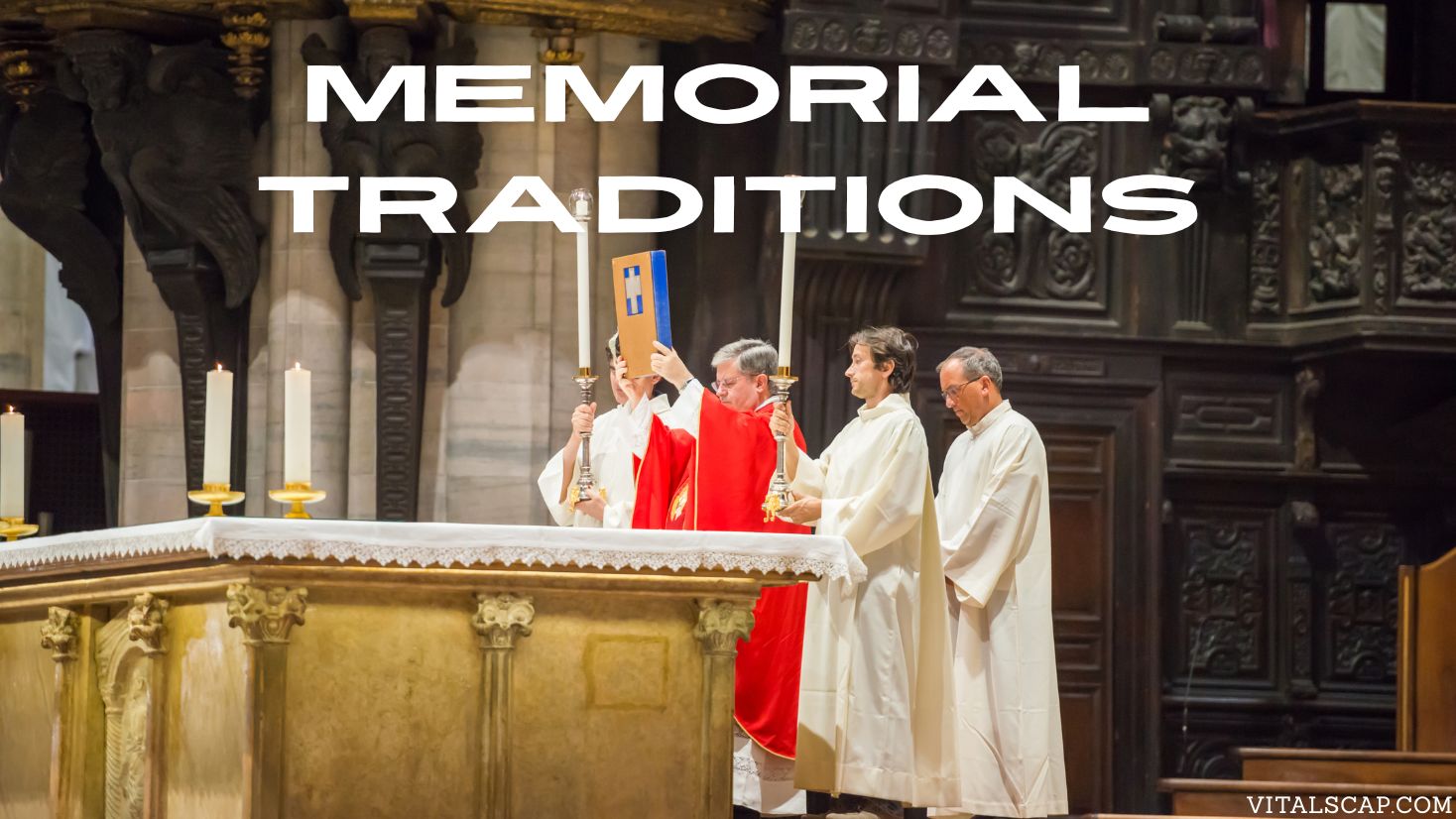
American roadside memorial culture frequently incorporates three crosses to commemorate traffic accident victims and provide comfort to grieving families. These displays serve the dual purposes of honoring deceased individuals while offering spiritual hope to passersby.
Memorial crosses create sacred spaces along highways where families can grieve and remember loved ones. The tradition reflects American Christian heritage while addressing universal human needs for meaning during times of loss and tragedy.
Highway Memorials
Roadside crosses provide focal points for family grief while creating opportunities for spiritual reflection among travelers.
Memorial displays demonstrate how three crosses symbolism extends beyond church settings into everyday American landscapes.
Grief Support
Three crosses memorials offer comfort through the Christian hope of resurrection and eternal life with deceased loved ones.
These displays create sacred spaces where families process grief while finding meaning through faith and community support.
More Post: What Is the Medical Meaning for DTF? Complete Guide to Medical DTF Terminology
Educational Approaches
Teaching three crosses meaning requires age-appropriate methods that make ancient narratives relevant for contemporary audiences. Sunday school curricula often incorporate visual aids, storytelling techniques, and interactive activities to help children understand complex theological concepts.
Adult education programs explore deeper biblical scholarship and the historical context surrounding Calvary. Seminary training prepares future ministers to effectively communicate three crosses symbolism through preaching, teaching, and pastoral care ministries.
Children’s Ministry
Sunday school teachers use creative methods, including:
- Visual storytelling with three cross props and illustrations
- Role-playing activities help children understand different responses to Jesus
- Craft projects creating personal three-cross reminders
Age-appropriate explanations focus on Jesus’s love and forgiveness rather than graphic crucifixion details.
Adult Learning
Bible study groups examine historical context, theological significance, and personal application of the three crosses narratives.
Seminary education provides comprehensive training in biblical exegesis, church history, and pastoral application of crucifixion theology.
| Age Group | Teaching Method | Key Concepts | Materials Used |
| Children (5-12) | Visual/Interactive | Jesus’s Love | Crafts, Stories |
| Youth (13-18) | Discussion/Drama | Choice/Consequences | Videos, Role-play |
| Adults (18+) | Study/Reflection | Theology/Application | Commentaries, Books |
| Seniors (65+) | Meditation/Sharing | Comfort/Hope | Devotionals, Prayer |
Frequently Asked Questions
What does the three crosses symbolize?
Three crosses symbolize Jesus’s crucifixion alongside two criminals, representing redemption, repentance, and rejection of salvation in Christian theology and spiritual understanding.
What does the Bible say about the three crosses?
Luke 23:32-43 describes Jesus crucified between two thieves at Calvary, one repenting and receiving salvation, the other rejecting Christ’s transformative message.
What is the spiritual meaning of the Triple Cross?
The triple cross represents divine mercy, human moral choice, and eternal consequences, showing three different responses to God’s grace and salvation offer.
What is the significance of the Triple Cross?
The triple cross significance demonstrates humanity’s freedom to accept or reject salvation, even in life’s final moments and most desperate circumstances.
Conclusion
Three crosses transcend religious boundaries, embodying universal themes of sacrifice, moral choice, and redemption that resonate across cultures and generations. Whether encountered on hillsides, in art galleries, through 3 crosses tattoo designs, or during personal meditation, they challenge us to examine our responses to life’s profound questions about faith, forgiveness, and eternal destiny.
The meaning remains deeply personal yet universally significant, representing humanity’s eternal struggle between faith and doubt, hope and despair, acceptance and rejection of divine grace. From roadside memorials to contemporary art, these powerful symbols continue inspiring spiritual reflection and repentance across America, demonstrating the enduring relevance of Calvary’s message for modern seekers of truth and meaning.
More Post:

Passionate about innovation and growth. Dedicated to managing, optimizing, and creating seamless experiences while supporting diverse content and users with professionalism and clarity every day.
